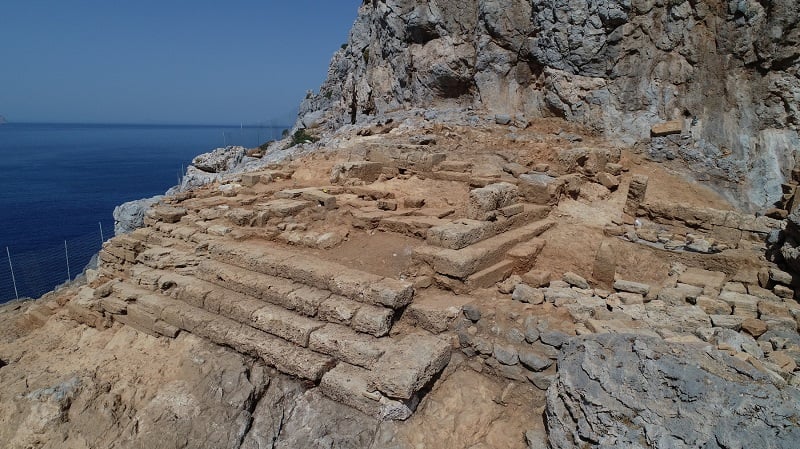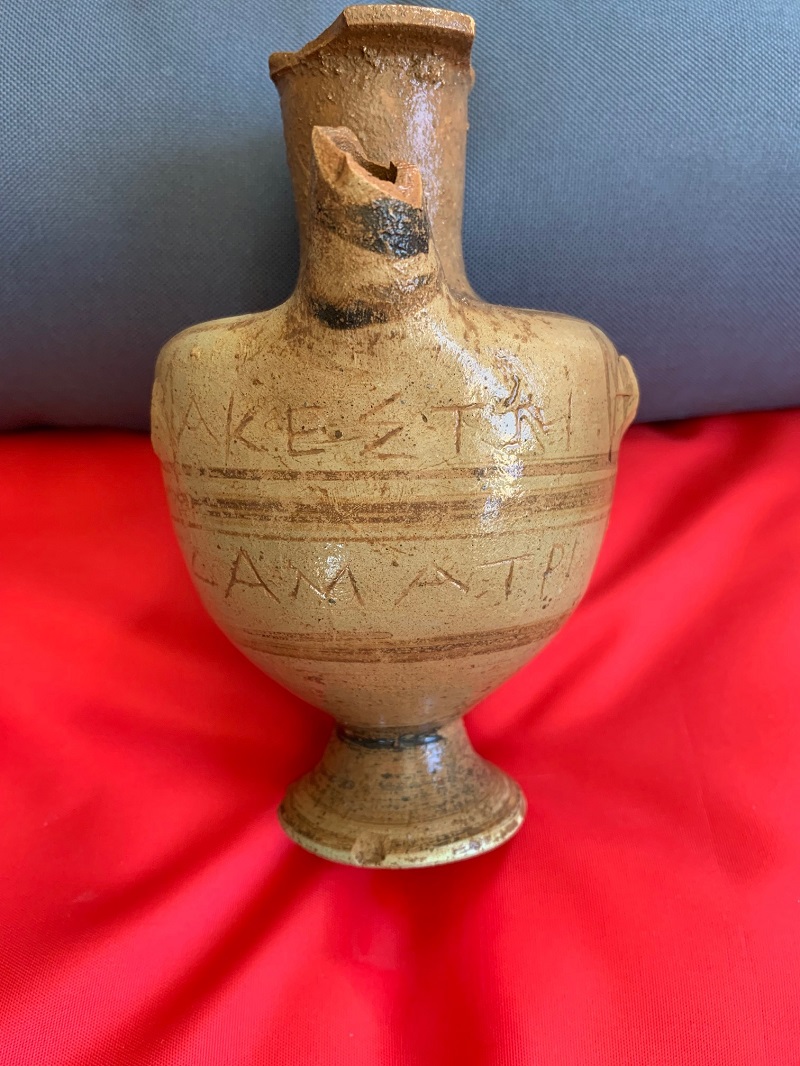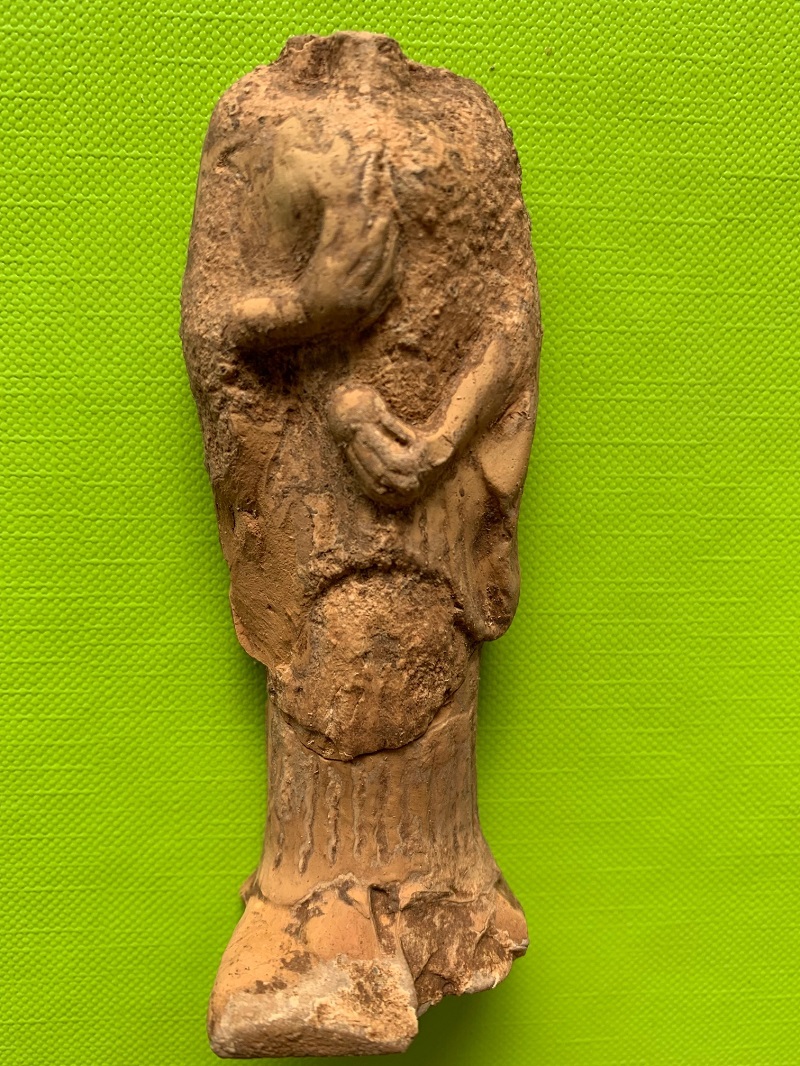
Hundreds of ancient Greek artifacts, including clay figurines of female figures dedicated to the Greek goddess Demeter, were discovered at the ancient Phalasarna Acropolis on Crete, the Greek Ministry of Culture announced on Friday.
Phalasarna is a Greek harbor town on the west end of Crete that flourished during the Hellenistic period.
The findings are mainly from the Archaic period (700-500 BC) and were brought to light by the excavation of the central area of the ancient temple of Demeter.
The Temple of Acropolis at Phalasarna on Crete dedicated to Demeter
The temple was located on a rocky hill at Phalasarna, which collapsed in ancient times. Since that time, the hill functioned as an open-air sacred place for the worship of Demeter, the Olympian goddess of the harvest and agriculture, presiding over crops, grains, food, and the fertility of the earth.
Although she is mostly known as a grain goddess, she also appeared as a goddess of health, birth, and marriage, and had connections to the underworld.
Archaeologists discovered vases underneath the tiled floor of the sanctuary of the temple on the Acropolis. The Ministry of Culture says that the vases were discovered in “good quality with elegant shapes.”

One of the vases was inscribed in the Doric dialect with the name of the goddess, Demeter, to whom the temple was dedicated.
Other findings from the early Archaic period (650 BC) include Egyptian and Phoenician glass objects, terracotta bird and animal figurines, arrowheads and spearheads, miniature vases, enthroned female figures, and a female figurine holding a poppy and a pomegranate.

The currently visible remains of Phalasarna include several imposing sandstone towers and bastions with hundreds of meters of fortification walls protecting the town and a closed harbor, meaning it is protected on all sides by city walls.
Phalasarna was a maritime power on ancient Crete
The harbor is ringed by stone quays with mooring stones and connected to the sea through two artificial channels. Notable finds in the harbor area include public roads, wells, warehouses, an altar, and baths. Most of these structures were revealed by excavations that began in 1986.

Phalasarna was mentioned by the ancient historians and geographers Scylax, Strabo, Polybius, and others.
The ancient geographers took note of the artificial closed port carved out of a lagoon and ringed with fortification walls and towers.
Phalasarna was a maritime power; the harbor was the reason for the city’s existence and the source of its wealth. It led to Phalasarna’s recognition.
A city-state with its own laws and ability to mint its own coins, Phalasarna provided military advisers and thousands of mercenaries for a war under the Macedonian king Perseus against the Romans.
The city-state prospered through its maritime affairs, evidenced by the remains of monumental buildings and artwork. Evidence suggests that in the third century BC, the inhabitants of Phalasarna were engaged in piracy, a common practice of the Cretan city-states.
In 69 to 67 BC, the Romans sent forces to eliminate piracy from the eastern Mediterranean, stormed Phalasarna, blocked its harbor with massive masonry, and destroyed the whole city, probably killing its citizens.
The location of the city was then forgotten, and Phalasarna appears in Venetian records only as a lost city. The site was rediscovered in the 19th century by British explorers Robert Pashley and Captain T. A. B. Spratt.
See all the latest news from Greece and the world at Greekreporter.com. Contact our newsroom to report an update or send your story, photos and videos. Follow GR on Google News and subscribe here to our daily email!



